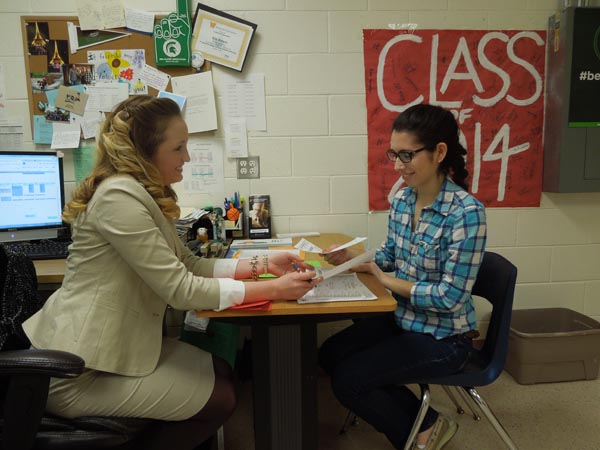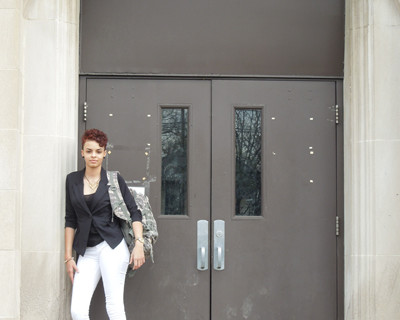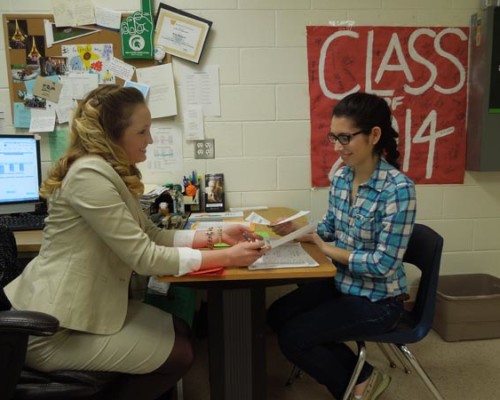The After-School Gap
An “admissions-driven arms race” is widening the disparity in college access between rich and poor students in Michigan.

In this two-story series, Ron French examines how many affluent parents in Michigan are paying big bucks for expert guidance and elite extracurricular activities to boost their kid’s chances of receiving an acceptance letter from top universities. Meanwhile, low-income and rural students—who are most in need of quality college guidance or after-school enrichment—are the least likely to receive it. This “admissions-driven arms race,” French shows, contributes to the already-broad college access gap between the rich and the poor.
French also reports on the Michigan College Advising Corps, which strives to give low-income and rural students access to the same college guidance and support that their wealthier, suburban peers receive, often through private fee-based services.
These articles were originally published on March 26, 2015, in Bridge, an online magazine produced by The Center for Michigan.

Ron French is a senior writer at Bridge, the online publication of The Center for Michigan, a nonpartisan, nonprofit think tank focused on policy issues in Michigan. Before joining Bridge, French was a projects reporter at The Detroit News. His primary interests are K-12 education, higher education and health care. Past projects have included comparing education policies in high-achieving states with policies in Michigan.



